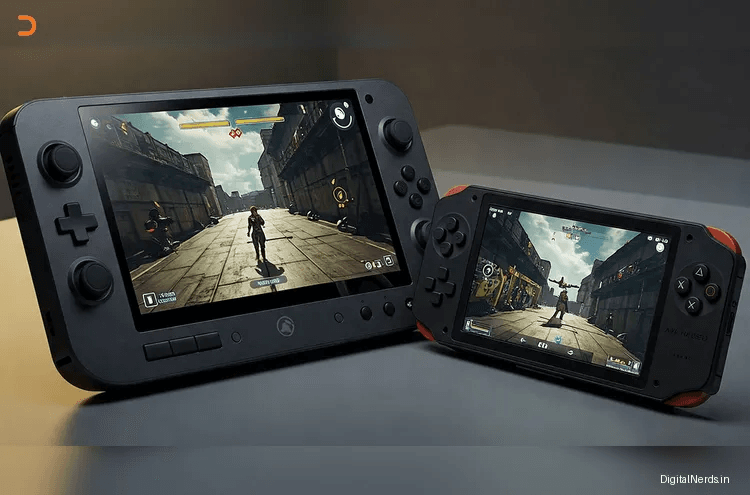Handheld gaming PCs are hitting warp speed in 2025, and the Steam Deck 2—still a whisper from Valve—is already facing a gauntlet of next-gen rivals. With CES 2025 dropping bombs like the Lenovo Legion Go 2 and ASUS ROG Ally X successors, the battlefield’s set for a clash of portable titans. X posts are buzzing with leaks, Google Trends shows "Steam Deck 2" spiking, and the web’s rife with speculation—can Valve’s next move outshine the competition? Let’s pit the rumored Steam Deck 2 against the confirmed next-gen handhelds and see who’s got the edge.
The Steam Deck 2: Hype Meets Patience
Valve’s playing it coy, but the Steam Deck 2 is brewing. Insider Pierre-Loup Griffais told The Verge a “significant performance leap” is the goal, likely eyeing 2025 or 2026 with a custom AMD chip—think Zen 4 or RDNA 3.5. The OLED model’s 7.4-inch 90Hz screen and 50Wh battery set a high bar, but X rumors hint at a 1080p OLED and better battery life. Valve’s strength? SteamOS—smooth, console-like, and Proton-powered for vast game compatibility. The catch: no official specs yet, just educated guesses.
Lenovo Legion Go 2: Power in Your Pocket
Lenovo’s Legion Go 2, teased at CES 2025, is a beast on paper. Packing the AMD Ryzen Z2 Extreme, an 8.8-inch 144Hz OLED, and a 74Wh battery, it’s built for AAA marathons. Digital Trends notes its ergonomic grips and 32GB RAM, outmuscling the Steam Deck OLED’s 16GB. Windows 11 means broader storefront access—Epic, GOG, you name it—but its interface can feel clunky on a handheld. X users are hyped for its raw power, though battery life under load remains a question mark.
ASUS ROG Ally X Successor: Refining the Formula
ASUS isn’t sleeping on its ROG Ally X crown. The next iteration, hinted at by TechRadar, might wield the Ryzen Z2 Extreme too, paired with a 7-inch 120Hz LCD and 80Wh battery. Its 24GB RAM and slick Armoury Crate SE software keep it competitive, but Windows 11’s quirks persist. X posts praise its cooling upgrades—less sweaty palms after hours of Cyberpunk 2077. It’s a polished rival, but lacks SteamOS’s seamless vibe. Could an OLED jump in 2025 tip the scales?
The X-Factor: Ecosystem vs. Raw Specs
Steam Deck 2’s ace is its ecosystem—SteamOS optimizes performance, making even mid-tier hardware punch above its weight. Next-gen rivals lean on brute force and flexibility, but Windows bloat can sap efficiency. Google Trends shows “handheld gaming PC” searches surging, yet Valve’s 3.7 million Steam Deck sales (per IDC) dwarf competitors’ 2.3 million combined. X debates rage: raw specs or polished experience? The Steam Deck 2 might not need to outmuscle—it just needs to outsmart.
What’s the Play in 2025?
If Valve drops the Steam Deck 2 in late 2025, it’ll face a crowded ring. Lenovo and ASUS are shipping now, refining designs while Valve perfects its leap. The Legion Go 2 could dominate power users; the ROG Ally X successor might snag tinkerers. But Steam Deck 2’s potential 1080p OLED, enhanced APU, and unbeatable UI could steal the crown—if it arrives on time. For now, it’s a waiting game with next-gen handhelds already flexing.


